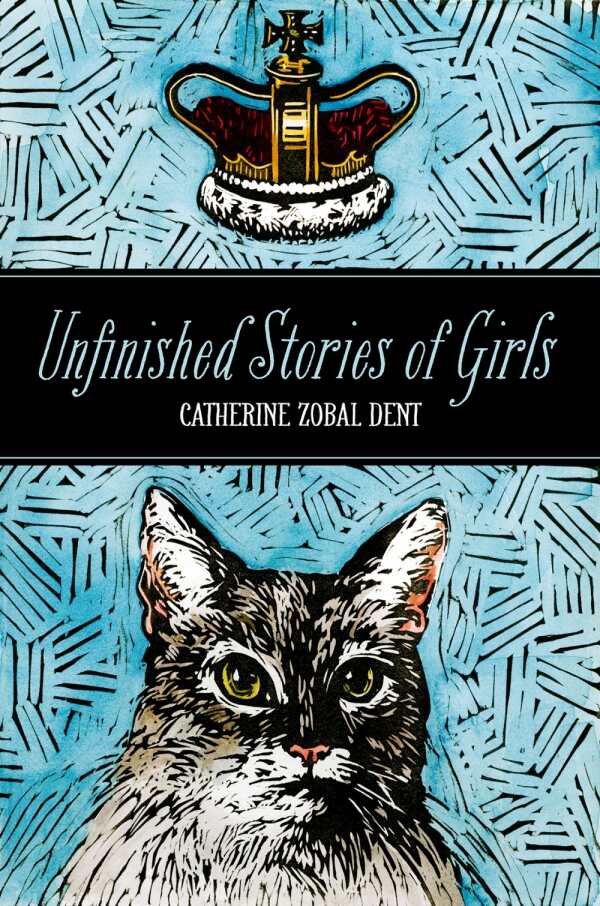Unfinished Stories of Girls
Eerie happenings weave through the lives of these small-town folks, making these snapshots not just stories, but character studies.
Unfinished Stories of Girls—a haunting collection of short stories penned by veteran writer Catherine Zobal Dent and illustrated by Ann Piper—peoples the Eastern Shore with eccentric, melancholy, small-town characters reminiscent of those in Flannery O’Connor’s fiction. Also like O’Connor, Dent veers toward the surreal even as she portrays situations quite grounded in reality. Though her stories share themes of loss, grief, and death, these snapshots into the lives of Marylanders engross because of their nuanced character studies and lyrical language.
Maryland’s topography links the stories. The swampy Tuckahoe River weaves through many of the pieces, the combination of ever-moving water and stagnant marshes mirroring the ever-changing lives of the characters, even as they remain weighed down by hopelessness. Similar to the focus on the river, characters mentioned in passing in one story become protagonists in another.
In “At the Mouth,” sheltered Ella grows up with a grandmother who “saw things that didn’t exist,” “saw Jesus and the saints,” and considered sex evil. Nevertheless, it is only after coming home one day to find her grandmother’s dead body on the floor that the weirdness truly begins. Ella believes her grandmother’s ghost tells her to have sex with men whom she finds near her boat dock. Eerily, one is never certain if the grandmother’s specter actually talks or if its speech is a figment of Ella’s imagination.
Death looms large in many of these stories. Dent explores the topic best in a story called “Wheels,” in which Rebecca Sperry, a Caucasian high-school graduate returning home drunk from a graduation party commits a hit-and-run that kills seven-year-old African-American Eliza Green. Most of the story is narrated in the first person plural—representing the town and identified as “we”—and gives the impression that Rebecca is a “good girl” with a “certainly bright future.” Eliza’s father describes the town as “a white man’s world, and if you wanted to work as a secretary at Bishop Office Supply or as an Agway check-out clerk, well, you were asking for it.”
Ann Piper’s dreamy black-and-white illustrations after each story enhance the bizarre, disturbing, yet ultimately riveting aspects of this powerful debut collection. The book sucks the audience in like the Tuckahoe that runs through the pages, and it never lets them go.
Reviewed by
Jill Allen
Disclosure: This article is not an endorsement, but a review. The publisher of this book provided free copies of the book to have their book reviewed by a professional reviewer. No fee was paid by the publisher for this review. Foreword Reviews only recommends books that we love. Foreword Magazine, Inc. is disclosing this in accordance with the Federal Trade Commission’s 16 CFR, Part 255.

